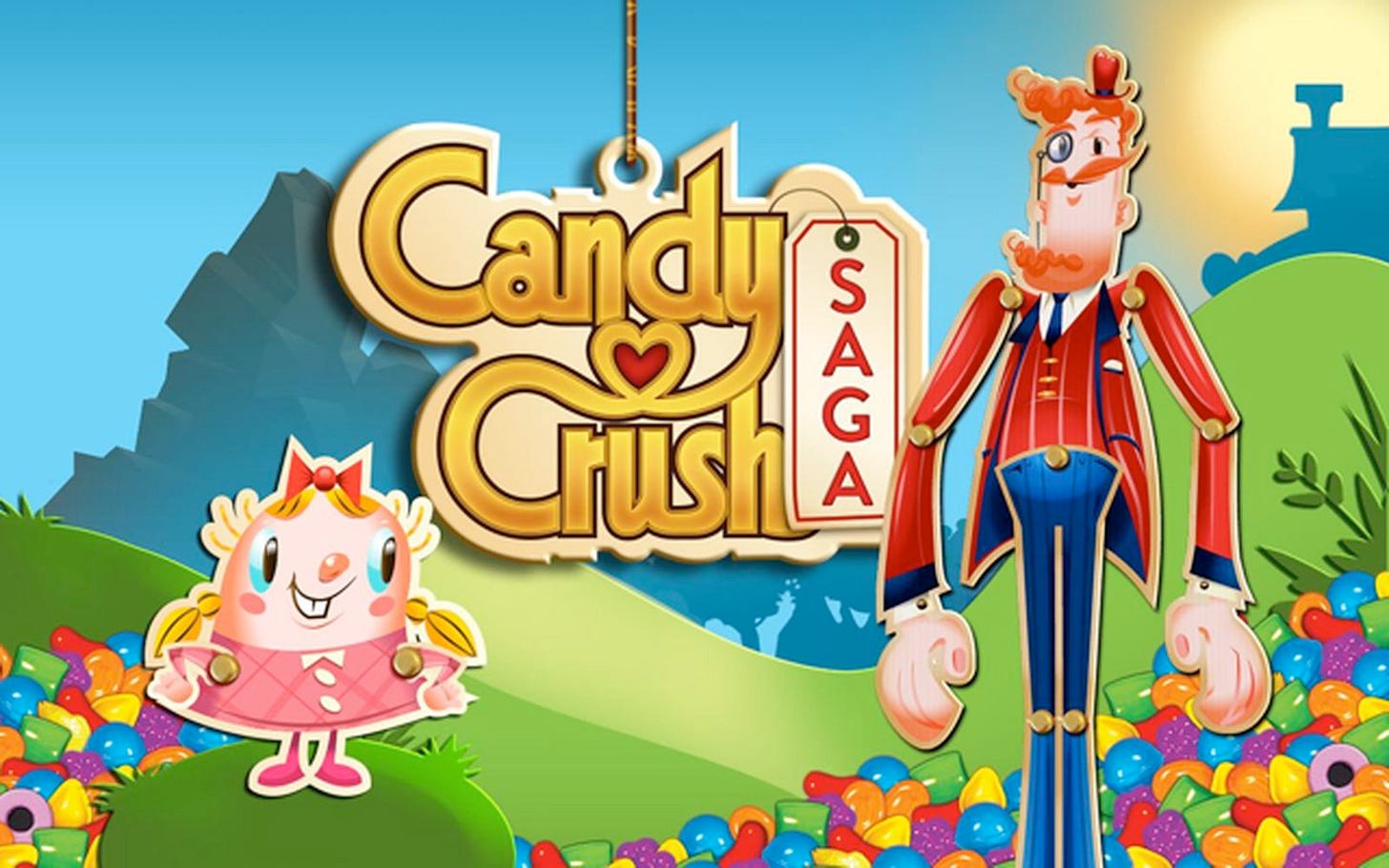‘The juice’: How you get people to spend $100k on a ‘free’ game
With a Pennsylvania priest due in court over thousands of dollars in Apple charges, we asked a game designer how the games work
Pillar subscribers can listen to this interview here: The Pillar TL;DR
A Pennsylvania priest is due in court June 13, facing charges that he embezzled more than $40,000 from his parish to support a cell phone gaming habit.

